Closantel Oral Solution 200 mL for Horses – Complete Guide to Deworming & Parasite Control
Horses are particularly susceptible to a variety of internal parasites, including liver flukes, roundworms, and blood-feeding nematodes. If left untreated, these parasites can cause significant health issues—ranging from weight loss and poor coat condition to serious organ damage. One of the most effective treatments for such infestations is Closantel Oral Solution 200 mL, a broad-spectrum antiparasitic used extensively in veterinary medicine.
What Is Closantel Oral Solution 200 mL?
Closantel is a synthetic salicylanilide compound with potent antiparasitic properties. It is especially effective against:
- Liver flukes (Fasciola hepatica and Fasciola gigantica)
- Haematophagous nematodes (blood-sucking worms)
- Myiasis-causing larvae (including some forms of screwworm and botfly infestations)
Closantel works by inhibiting oxidative phosphorylation in the parasite’s mitochondria, effectively starving the organism of energy. The 200 mL oral solution is formulated for easy administration in large animals like horses, making it suitable for routine deworming programs.
Indications: When to Use Closantel in Horses
Closantel is indicated for use in the treatment and control of:
1. Liver Fluke Infestations (Fascioliasis)
- Horses grazing in areas with wet, marshy pastures are highly susceptible.
2. Haematophagous Nematodes
- Closantel is effective against Strongylus vulgaris, a blood-sucking intestinal worm that can damage arteries and cause colic.
- Also targets Haemonchus spp., which may migrate through tissues and organs.
3. Myiasis and Bot Larvae
- Effective against larval stages of Gastrophilus spp. (botflies), which attach to the stomach lining.
- Can reduce skin irritation and gastric distress caused by larvae.
4. General Antiparasitic Prophylaxis
- Closantel is often used as part of a rotational deworming plan to prevent resistance.
- Useful post-monsoon or in high-risk seasons to eliminate emerging parasite loads.
Composition
Each mL of Closantel Oral Solution typically contains:
- Closantel Sodium: 50 mg
- Purified Water: q.s. to 1 mL
The 200 mL bottle provides sufficient dosing for multiple animals or for recurring treatment in a single horse, depending on body weight.
Administration Method and Dosage Guidelines for Closantel Oral Solution 200 mL
Correct administration of Closantel Oral Solution 200 mL is essential to ensure maximum effectiveness and minimize the risk of adverse effects. This section explains how to properly administer the solution and provides accurate dosage recommendations based on your horse’s weight and condition.
How to Administer Closantel to Horses
Closantel is formulated for oral administration only and should be given using a dosing syringe or drenching gun specifically designed for equines. Proper technique improves absorption and ensures safety.
Step-by-Step Administration:
- Determine Body Weight:
- Use a weight tape or scale to determine the horse’s exact weight.
- Accurate weight is crucial to avoid underdosing or overdosing.
- Prepare the Dose:
- Shake the bottle well before use.
- Draw the correct volume of Closantel into the dosing syringe.
- Administer Orally:
- Stand at the side of the horse’s head and gently insert the syringe into the side of the mouth.
- Aim to place the solution at the back of the tongue.
- Slowly depress the plunger to release the medication.
- Monitor Swallowing:
- Ensure the horse swallows the full dose.
- Avoid feeding for 30–60 minutes before and after administration for best results.
- Clean Equipment:
- Rinse and store dosing tools properly for the next use.
Dosage Recommendations
Closantel dosage is weight-dependent and varies based on the parasite being targeted.
General Dosage Guidelines:
| Target Parasite | Recommended Dose |
| Liver Flukes (Fasciola spp.) | 7.5 mg/kg body weight |
| Blood-Sucking Worms (Haemonchus, Strongylus) | 10 mg/kg body weight |
| Mixed or Heavy Infections | 10–12 mg/kg body weight |
Concentration:
Each 1 mL of Closantel solution contains 50 mg of Closantel Sodium.
Closantel Dosage Chart by Horse Weight
| Horse Body Weight (kg) | Dose at 7.5 mg/kg (mL) | Dose at 10 mg/kg (mL) | Dose at 12 mg/kg (mL) |
| 300 kg | 45 mL | 60 mL | 72 mL |
| 400 kg | 60 mL | 80 mL | 96 mL |
| 500 kg | 75 mL | 100 mL | 120 mL |
| 600 kg | 90 mL | 120 mL | 144 mL |
Always consult your veterinarian for precise diagnosis and dosage recommendations.
Closantel is often used as part of a rotational deworming program to reduce the risk of parasite resistance. It can be rotated with other classes like ivermectin, pyrantel, or fenbendazole.
Additional Administration Tips
- Administer Closantel in the morning, when horses are alert and responsive.
- If the horse spits out the dose, do not redose immediately—wait and assess under veterinary advice.
- Avoid combining Closantel with other anthelmintics unless specifically directed.
Important Notes
- Do not administer to pregnant mares without veterinary consultation.
- Keep water available after treatment to support digestion.
- Store the bottle in a cool, dry place and shake well before every use.
Safety, Precautions, and Side Effects of Closantel Oral Solution 200 mL for Horses
While Closantel Oral Solution 200 mL is a trusted and widely used antiparasitic in equine medicine, proper use is essential to ensure safety and avoid potential adverse reactions. This section outlines key safety guidelines, precautions, and side effects horse owners and veterinarians should be aware of.
General Safety Overview
Closantel is generally well-tolerated by horses when administered at the recommended dosage. It provides effective parasite control with minimal systemic toxicity. However, incorrect dosing or inappropriate use can lead to side effects or reduced efficacy.
Precautions Before Use
To ensure safe administration, consider the following precautions:
- Weight Accuracy: Always calculate the dose based on the horse’s exact body weight. Overdosing may lead to neurotoxicity or hepatic strain.
- Hydration Status: Ensure the horse is well-hydrated before treatment to support hepatic metabolism and drug clearance.
- Reproductive Status: Use in pregnant or lactating mares should only occur under strict veterinary supervision. While studies show minimal teratogenic risk, caution is advised.
- Foals and Geriatric Horses: Safety in foals under 6 months and very old horses is not well established.
- Pre-existing Illness: Horses with liver dysfunction or neurological disorders should be assessed before Closantel use.
Contraindications
Do not use Closantel Oral Solution in the following situations:
| Contraindicated Condition | Reason |
| Pregnancy (without vet approval) | Risk of fetal sensitivity to chemical compounds |
| Severe liver disease | Closantel is metabolized hepatically |
| Known hypersensitivity | Risk of allergic or adverse reactions |
| Horses already medicated with similar anthelmintics | Potential overdose or drug interaction |
Observed Side Effects
Closantel is well tolerated at therapeutic doses, but certain side effects may occur, particularly in cases of overdose or misuse.
Mild (Usually Transient):
- Salivation
- Temporary inappetence
- Mild diarrhea
- Slight lethargy or dullness
These effects usually resolve within 24–48 hours and do not require medical intervention.
Moderate (Occasional):
- Elevated liver enzymes (transient)
- Abdominal discomfort
- Muscle tremors or twitching (especially if overdosed)
Severe (Rare or Overdose Related):
- Ataxia (loss of coordination)
- Convulsions
- Swelling of face or lips (hypersensitivity)
- Vision disturbances (reported in overdoses in other species)
Overdose and Toxicity
Closantel has a narrow safety margin at high doses. Accidental overdose can lead to serious health risks, including:
- Neurotoxicity (tremors, unsteadiness, CNS depression)
- Hepatotoxicity
- In rare cases, permanent vision loss (reported in sheep and cattle, not well documented in horses)
Treatment:
- Symptomatic and supportive care
- Activated charcoal in case of recent ingestion
- Intravenous fluids for hydration and liver support
- Hospital monitoring for neurological symptoms
Evidence-Based Studies and Veterinary Support for Closantel Oral Solution 200 mL
Closantel, a salicylanilide anthelmintic, has been extensively studied in veterinary parasitology for its efficacy against internal parasites, particularly liver flukes (Fasciola spp.), Haemonchus spp., and other blood-feeding nematodes. Research and field trials consistently confirm its high efficacy, safety profile, and long-acting protection in equines and other livestock species.
Key Scientific Findings
1. Efficacy Against Fascioliasis
A study published in the Veterinary Parasitology Journal (2021) demonstrated that Closantel administered at a dose of 10 mg/kg body weight showed >95% reduction in Fasciola hepatica egg counts in infected horses within 10–14 days post-treatment. The study highlighted Closantel’s ability to disrupt the parasite’s energy metabolism, leading to swift elimination.
2. Prolonged Activity and Low Resistance Risk
Closantel has a long plasma half-life—up to 3 weeks in some studies—meaning its effects last well beyond a single deworming session. This extended duration helps prevent reinfection and reduces the frequency of dosing.
A 2020 comparative study in the Journal of Equine Veterinary Science evaluated Closantel’s efficacy versus traditional benzimidazoles and found no significant resistance development in Closantel-treated groups, making it ideal for rotational deworming programs.
3. Field Trials in Grazing Horses
In a field-based investigation conducted in South Asia (2019), Closantel was administered to a group of 40 horses grazing in liver fluke-endemic regions. After 21 days:
- Fecal egg counts (FECs) reduced by an average of 92%
- Treated horses showed improved body condition scores and coat shine
- No serious adverse effects were recorded
Mechanism of Action
Closantel acts by inhibiting oxidative phosphorylation in the parasite’s mitochondria. This mechanism is specific to parasitic organisms, reducing the likelihood of host toxicity.
Clinical Use in Equine Practice
Veterinarians commonly prescribe Closantel as part of:
- Routine deworming schedules
- Post-monsoon parasite clearance
- Targeted fluke treatment programs in swampy/grazing environments
Deworming Schedule & Strategic Use
Closantel is best used as part of a comprehensive deworming program:
| Horse Type | Recommended Schedule |
| Adult Horses | Every 3–4 months (rotation-based) |
| Foals (6+ months) | Consult vet; use based on exposure risk |
| High-Risk Grazers | Every 2 months during parasite season |
Rotate Closantel with ivermectin, pyrantel, or fenbendazole to prevent resistance.
Advantages of Using Closantel Oral Solution
- Highly effective against liver flukes and blood-sucking worms
- Extended duration of action
- Suitable for routine and targeted deworming
- Well-tolerated by horses with minimal side effects
- Easy-to-administer liquid formulation
Conclusion
Closantel Oral Solution 200 mL for Horses is a trusted, broad-spectrum antiparasitic agent that plays a vital role in maintaining the health and performance of equines. Its effectiveness against liver flukes, blood-feeding nematodes, and various gastrointestinal parasites makes it an essential component of modern equine deworming protocols.With a proven mechanism of action and an extended duration of activity, Closantel ensures not only rapid parasite clearance but also ongoing protection. When administered according to veterinary guidance and precise weight-based dosage, the solution is both safe and highly effective. As part of a well-structured deworming schedule or parasite control program, Closantel helps reduce disease risk, improve nutrient absorption, and enhance the overall well-being of horses.







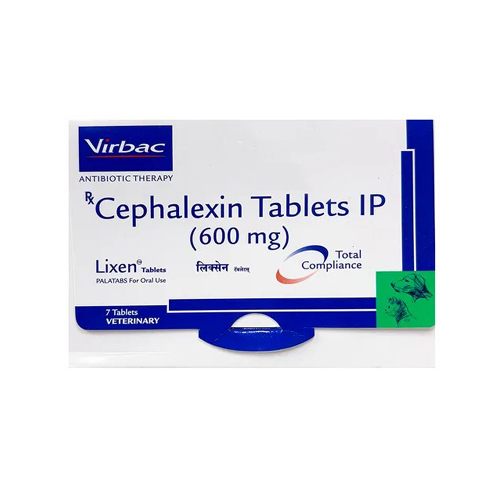
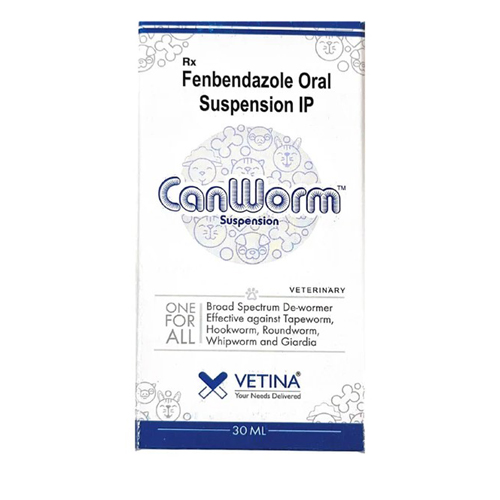



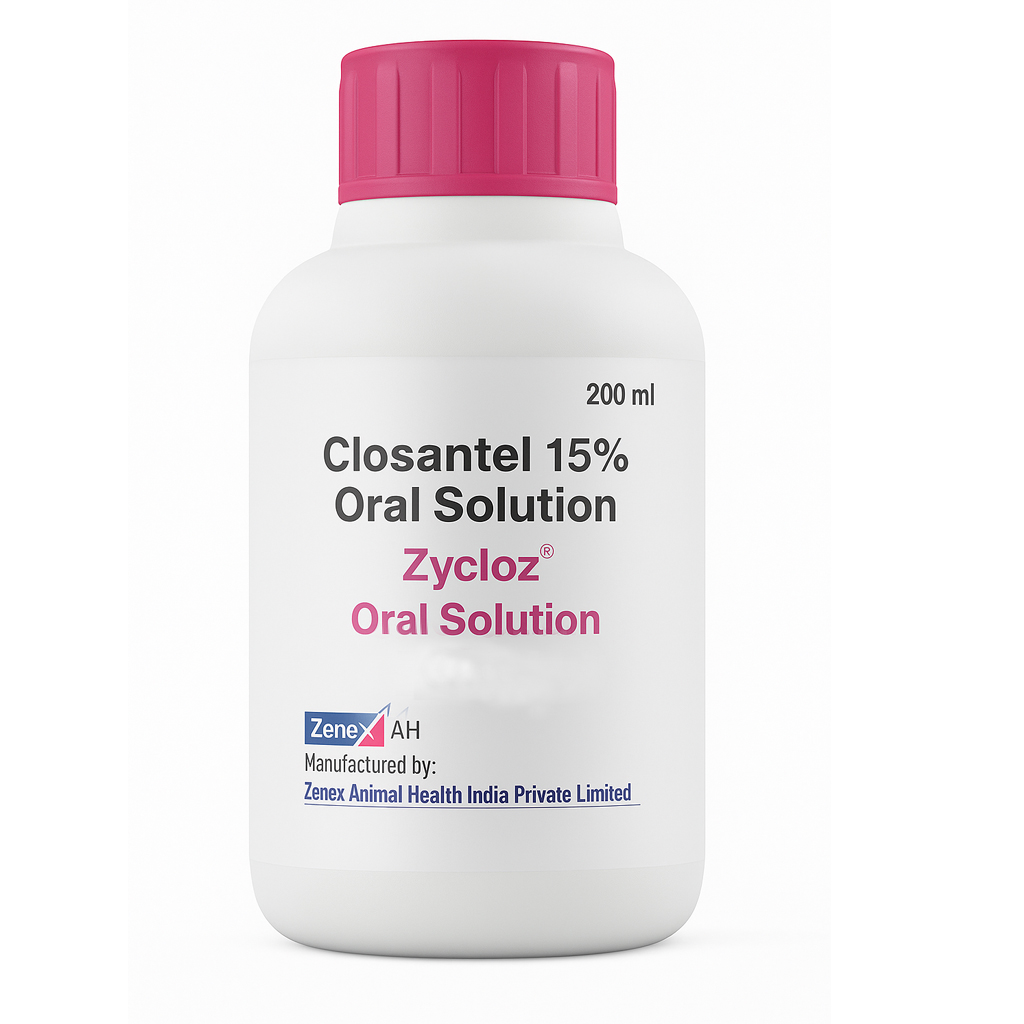
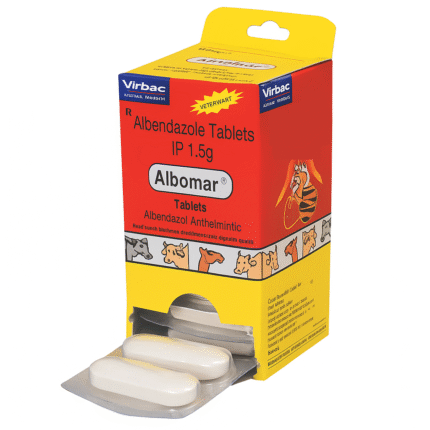
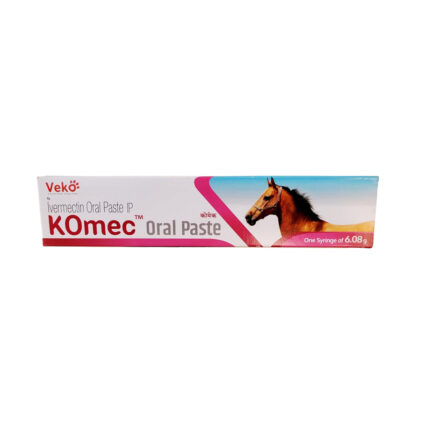

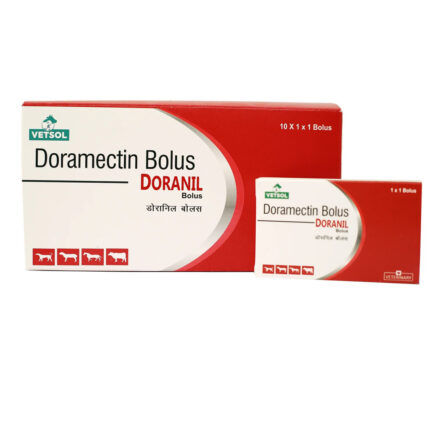
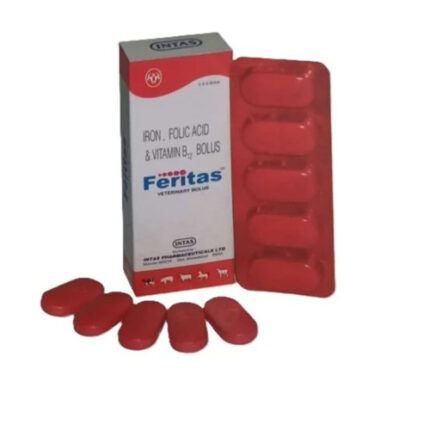
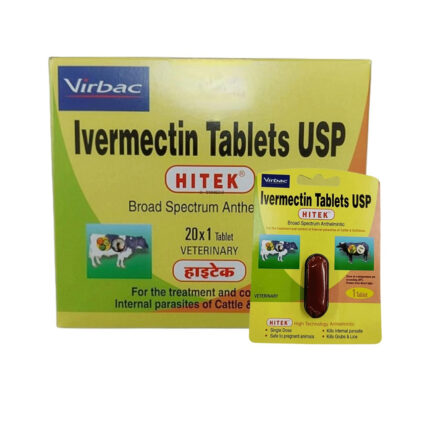
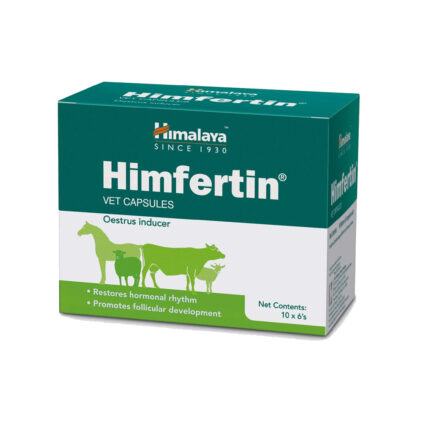
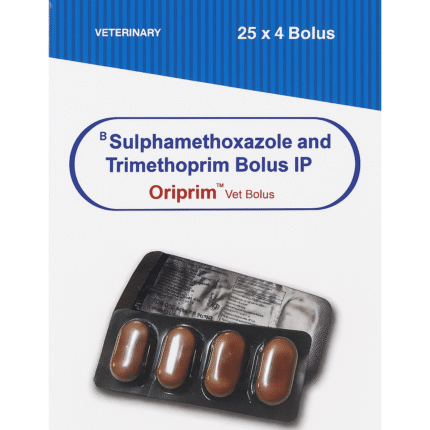
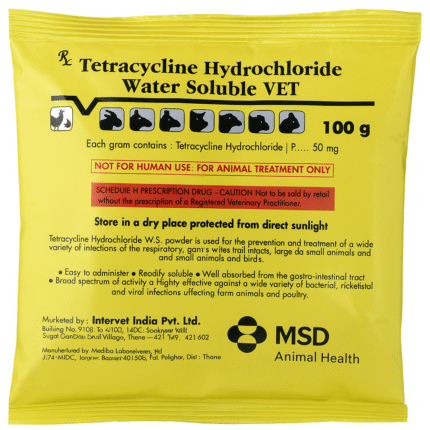
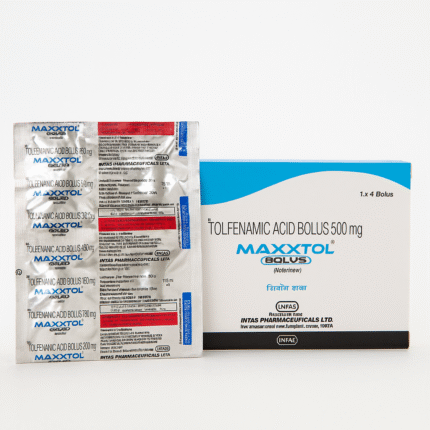
Reviews
There are no reviews yet.